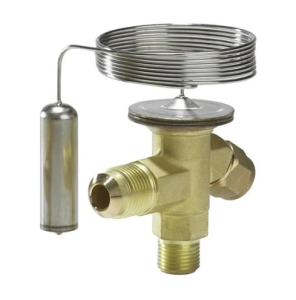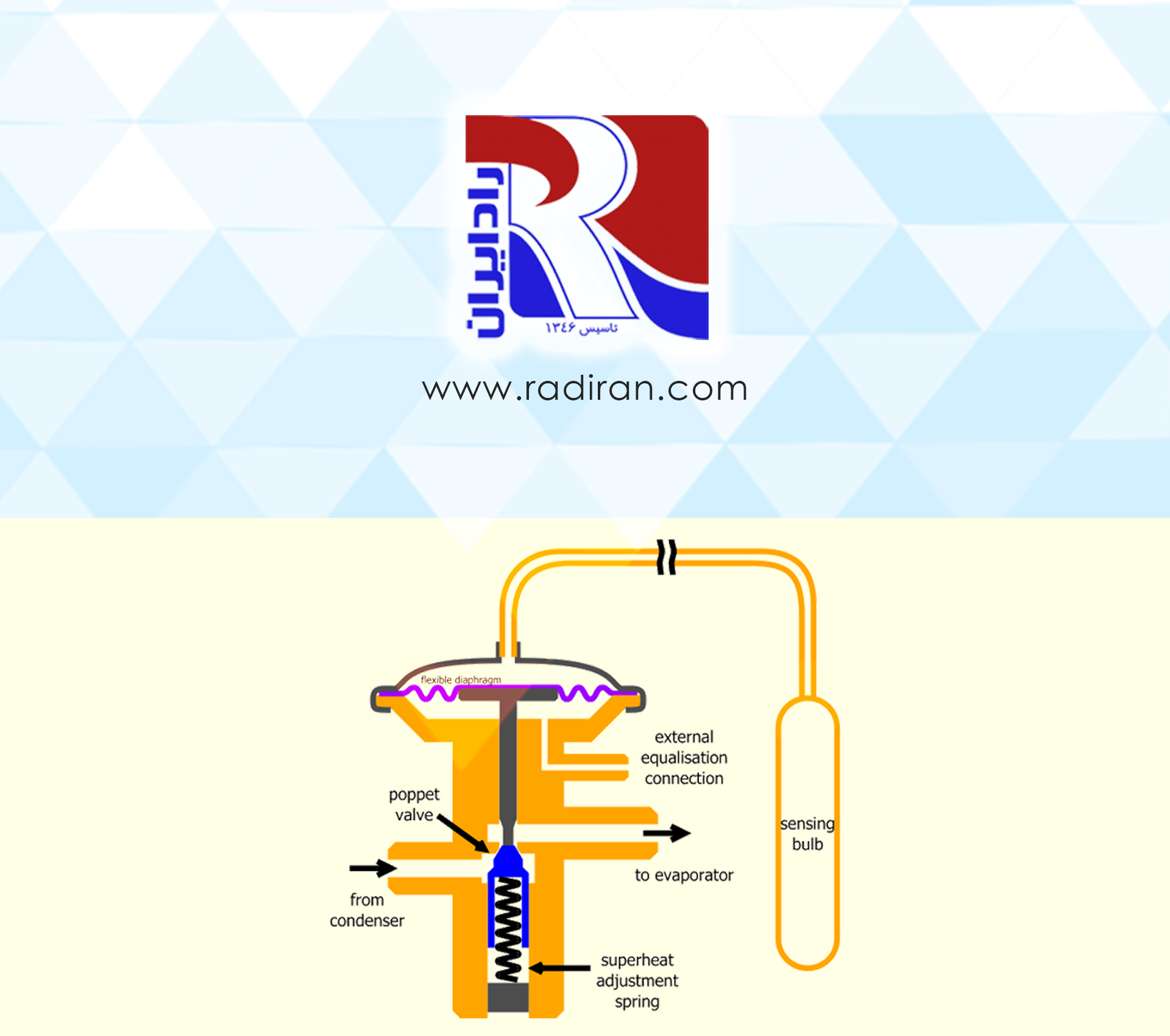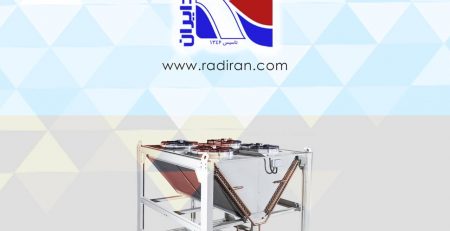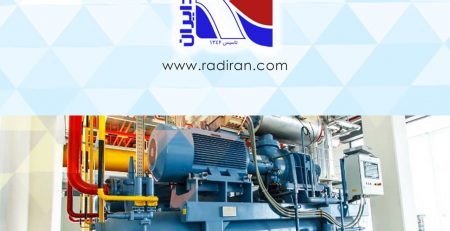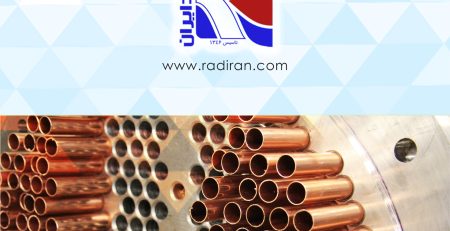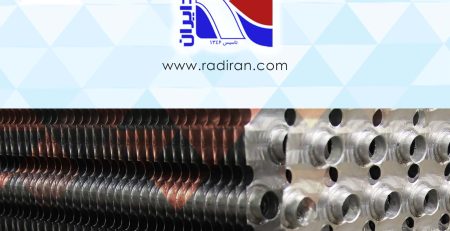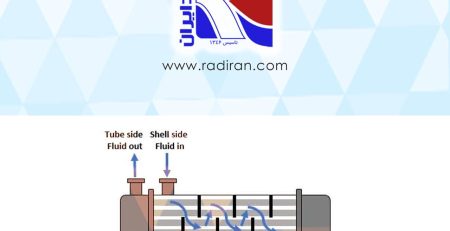Expansion Valve
Radairan Company is one of the pioneers in the field of equipment and HVAC systems, engaged in the examination and production of diverse products in this area. In equipment that operates based on the refrigeration cycle, important processes take place, each performed by specific components such as evaporators, condensers, compressors, or expansion valves. One of these key processes, as mentioned, is carried out by the expansion valve, which is the topic of this article. Stay with us at Radairan Company to explore this important component further and explain its working process in simple language.
What is an Expansion Valve?
An expansion valve, also known as an expansion valve or expansion device, is one of the key components in HVAC and refrigeration systems. This valve is essentially a device used to control and regulate the flow of refrigerant and plays a crucial role in thermal and cooling processes.
The expansion valve is responsible for controlling the flow of refrigerant to the evaporator and regulating the pressure and temperature of the refrigerant there. By reducing the pressure of the refrigerant, this valve facilitates its evaporation in the evaporator; as a result, heat is absorbed from the environment, cooling it down.
In other words, the primary function of the expansion valve is to control the transition of refrigerant from a liquid state to a vapor state in a part of the HVAC system. When the liquid refrigerant passes through the valve, its pressure significantly decreases, generating vapor refrigerant. This immediate change in pressure and temperature results in the cooling of the liquid refrigerant, as the evaporation of the vapor refrigerant extracts energy from the environment, ultimately cooling the surroundings.
An expansion valve can be mechanical (using a piston or capillary tube) or electronic (based on sensors and controllers). The type of expansion valve used in a system depends on the type of refrigerant and the specific needs of that system.
